Quantum physics is like that weird relative who shows up at family gatherings and makes everyone question everything they thought they knew. It’s a field where common sense goes to die, and even the brightest minds in history have scratched their heads in bewilderment. Today, we’re diving into the most mind-bending discoveries that prove our universe is far stranger than we ever imagined.
Electrons Are Both Particles and Waves Simultaneously

Picture this: in 1906, J.J. Thomson won the Nobel Prize for showing that electrons are particles. In 1937, his son George won the same prize for showing that electrons are waves. Both were right – the phenomenon is now termed wave-particle duality and is a cornerstone in quantum physics.
This isn’t just scientific confusion playing out in real time. Electrons genuinely exist as both particles and waves until the moment we observe them. It’s like having a coin that’s simultaneously heads and tails until you look at it. This discovery shattered our understanding of reality and showed us that nature doesn’t care about our need for things to be simple and straightforward.
Quantum Tunneling Lets Particles Pass Through Walls
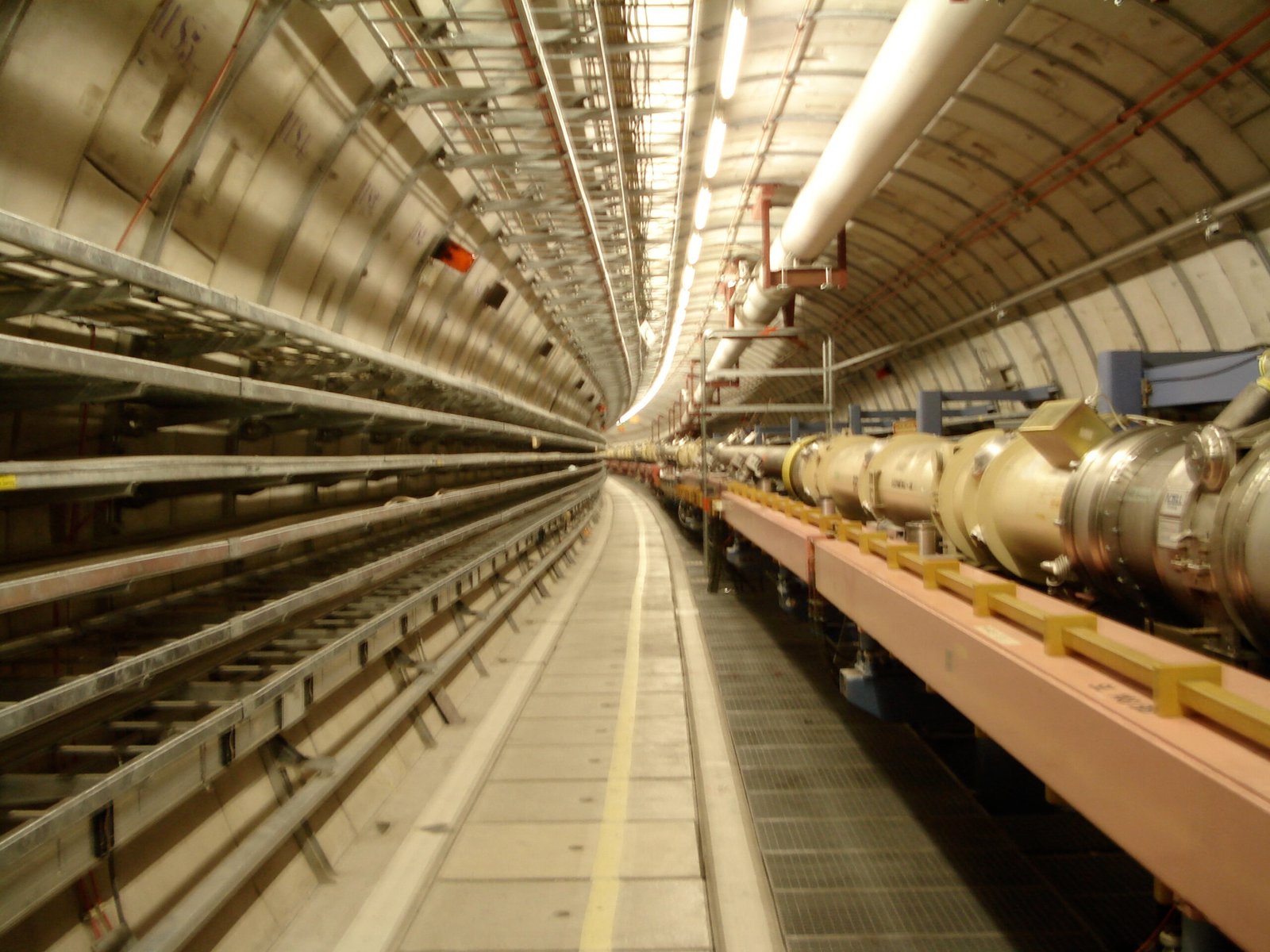
Another seemingly peculiar feat of quantum objects is that, with some probability, they can pass through barriers. This action is called tunneling. Imagine throwing a tennis ball at a brick wall and having it magically appear on the other side without breaking through.
In the quantum world, this happens all the time. Particles don’t need enough energy to climb over barriers – they can simply ghost through them. Current flow through Josephson junctions occurs by quantum tunneling, seeming to instantaneously “tunnel” from one side of the junction to the other. This tunneling phenomenon is unique to quantum systems. Without quantum tunneling, the sun wouldn’t shine, and you wouldn’t exist.
Particles Can Be in Multiple Places at Once

One of the most well-known theories about quantum physics is that objects can be in two places at once. This is known as superposition, a principle developed through Erwin Schrödinger’s work in the 1920s, and it suggests that an object’s existence is spread out over time and space.
Think about quantum dice floating through the air. While it is in the air its state will be all of the possible results – a little bit 1, and a little bit 2, and a little bit 3, and 4, and 5, and 6! Only when the dice lands does it “choose” just one result. This isn’t a limitation of our knowledge – it’s the actual nature of reality at the quantum scale.
Schrödinger’s Cat Exists in Life and Death Simultaneously
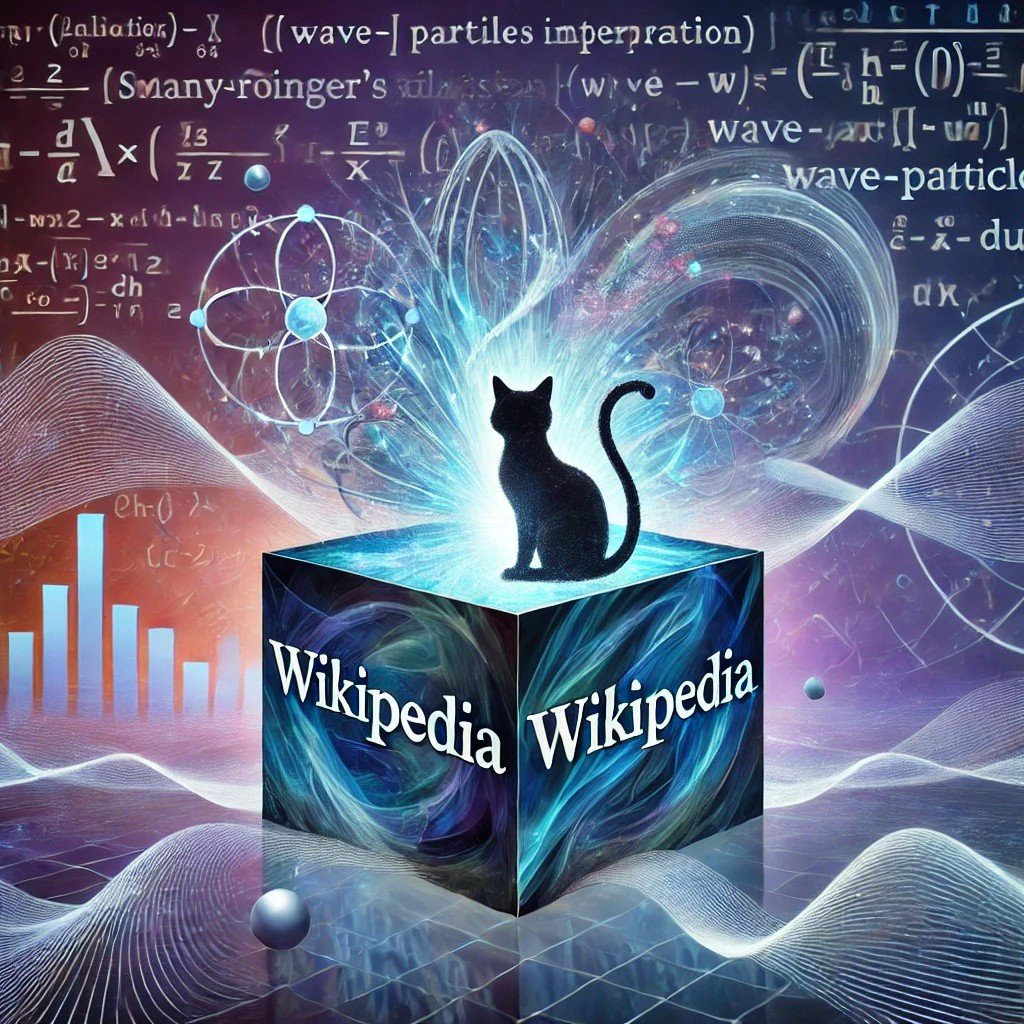
Schrödinger’s cat thought experiment demonstrates how a cat in a sealed box has its fate linked to a quantum device. As the device exists in both states until a measurement is made, the cat is simultaneously alive and dead until we look.
This famous thought experiment isn’t just philosophical wordplay. The idea that an object can exist in multiple states at once seems like something out of science fiction but is the basis of the famous Schrodinger’s cat thought experiment. The fate of the cat is determined by a quantum device, illustrating how quantum mechanics is counterintuitive and the cat can exist in two different states – dead and alive. It highlights how the weird quantum world transitions to our everyday reality, and nobody fully understands where that line gets drawn.
Energy Only Comes in Fixed Packages
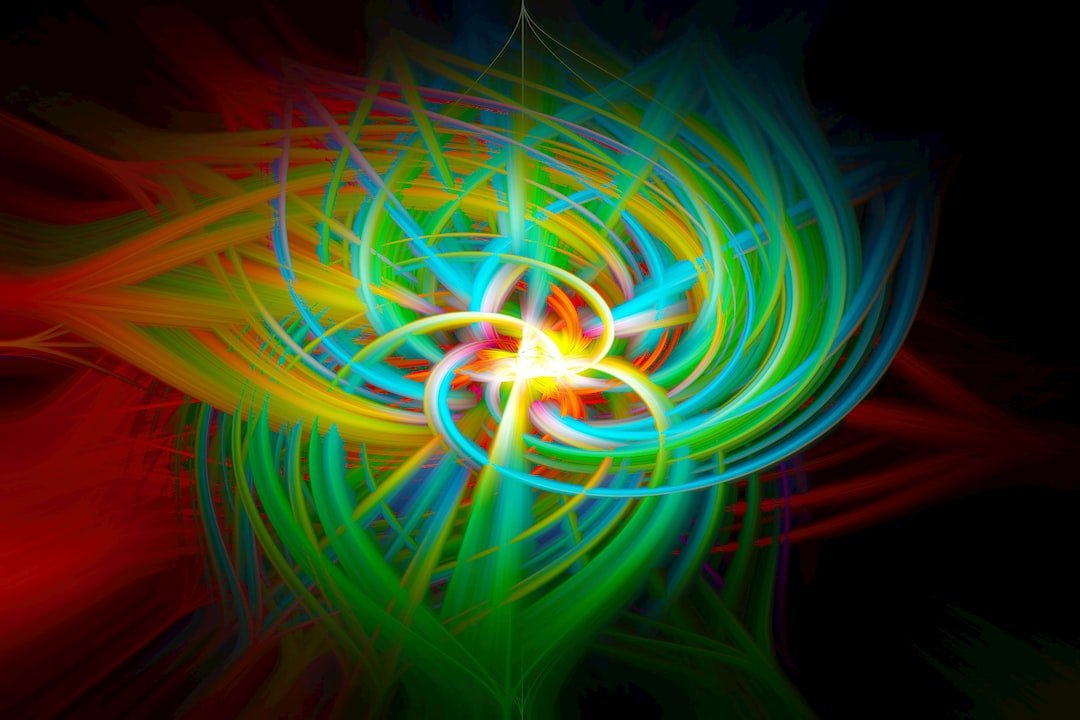
Just as you can only buy shoes in multiples of half a size, so energy only comes in multiples of the same “quanta” – hence the name quantum physics. This discovery revolutionized our understanding of light and matter.
The quantum world is like a shoe store. The relationship between the quantum world and shoes is similar to the relationship between the subatomic world and energy. Shoes don’t come in sizes that match your feet exactly, so you have to choose between pairs that come in predetermined sizes. The same goes for energy; it only comes in multiples of the same “quanta” – hence the name quantum physics. This seemingly simple concept led to the entire quantum revolution.
Quantum Entanglement Connects Particles Across the Universe
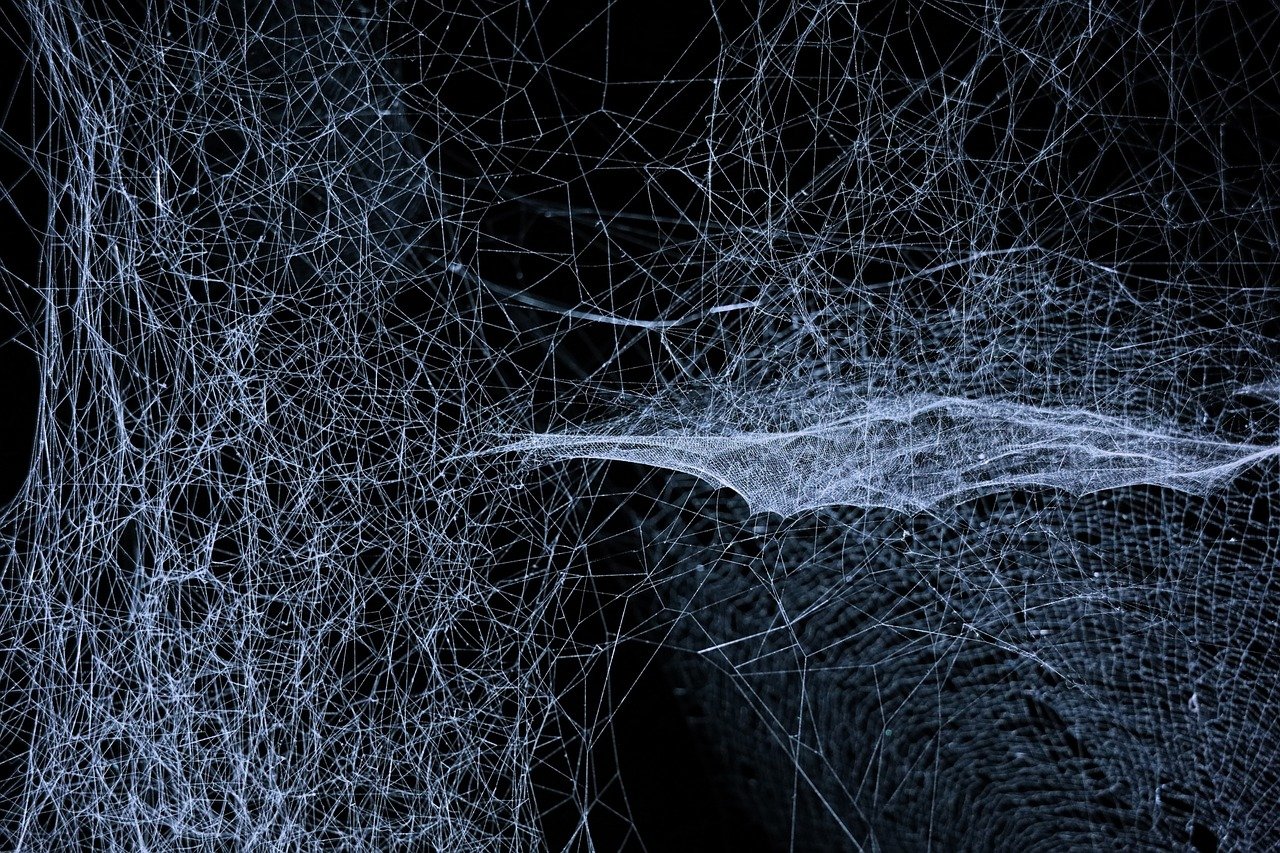
Perhaps the most famously weird feature of quantum mechanics is nonlocality: Measure one particle in an entangled pair whose partner is miles away, and the measurement seems to rip through the intervening space to instantaneously affect its partner. Einstein called this phenomenon “spooky action at a distance” and never fully accepted it.
When two particles become entangled, they remain mysteriously connected no matter how far apart they travel. If we entangle two electrons, their spins are correlated. We can prepare the entanglement so that the spins are always opposite of each other. If we measure the first particle and find the spin pointing up, we now know with 100% absolute certainty that the second particle must be pointing down. Its quantum state was entangled with the first particle, and as soon as one revelation is made, both revelations are made. However, this doesn’t allow faster-than-light communication – it’s more like having a cosmic connection that defies our understanding of space and time.
Heavy Electrons Can Act Like They Have Massive Weight
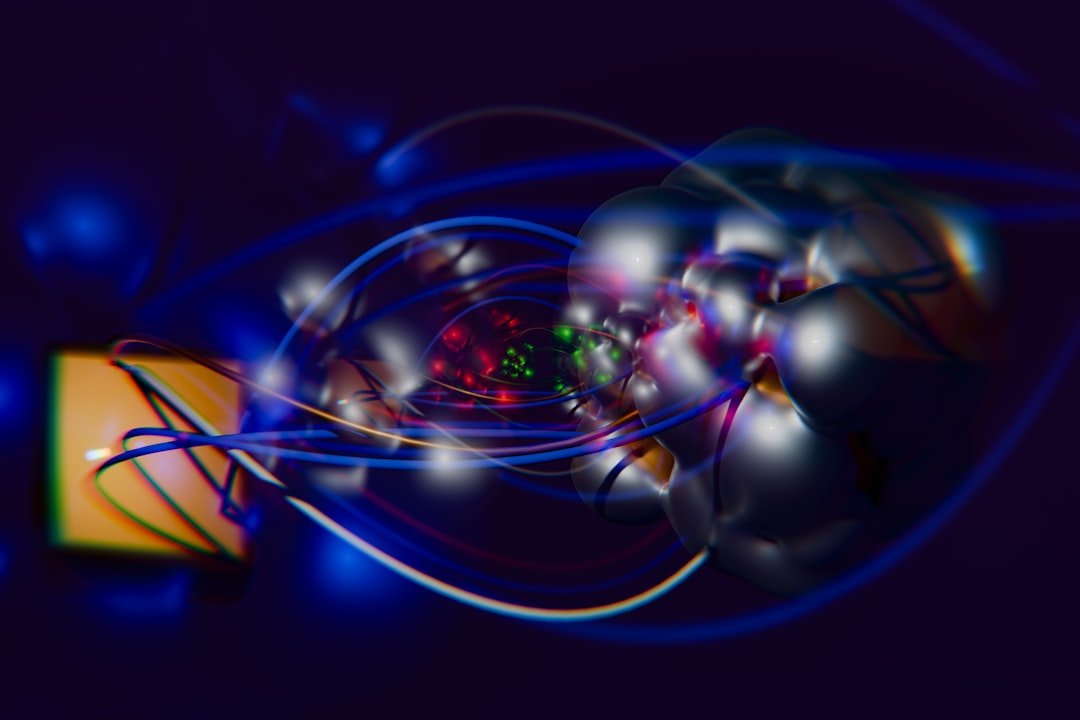
Scientists in Japan have uncovered a strange new behavior in “heavy” electrons – particles that act as if they carry far more mass than usual. These electrons were found to be entangled, sharing a deep quantum link, and doing so in ways tied to the fastest possible time in physics. Even more surprising, the effect appeared close to room temperature.
These aren’t actually heavier electrons – they just behave as if they’re incredibly massive. Heavy fermions arise when conduction electrons in a solid interact strongly with localized magnetic electrons, effectively increasing their mass. This phenomenon leads to unusual properties like unconventional superconductivity and is a central theme in condensed matter physics. It’s like having a featherweight boxer who moves like a heavyweight champion.
The Universe May Not Be Locally Real

The 2022 Nobel Prize in Physics went to researchers who spent decades proving the universe is not locally real. “Local” means any object can be influenced only by its immediate environment, while “Real” means every object has definite properties regardless of how it is observed. Except careful, repeated experimentation with entangled particles has conclusively shown such seemingly sensible restrictions do not always apply to the quantum realm.
This discovery has left even physicists scratching their heads. The universe doesn’t follow the common-sense rules we thought governed everything. Objects might not have definite properties until we measure them, and distant things can influence each other in ways that should be impossible.
Quantum Physics Created Everything in the Universe
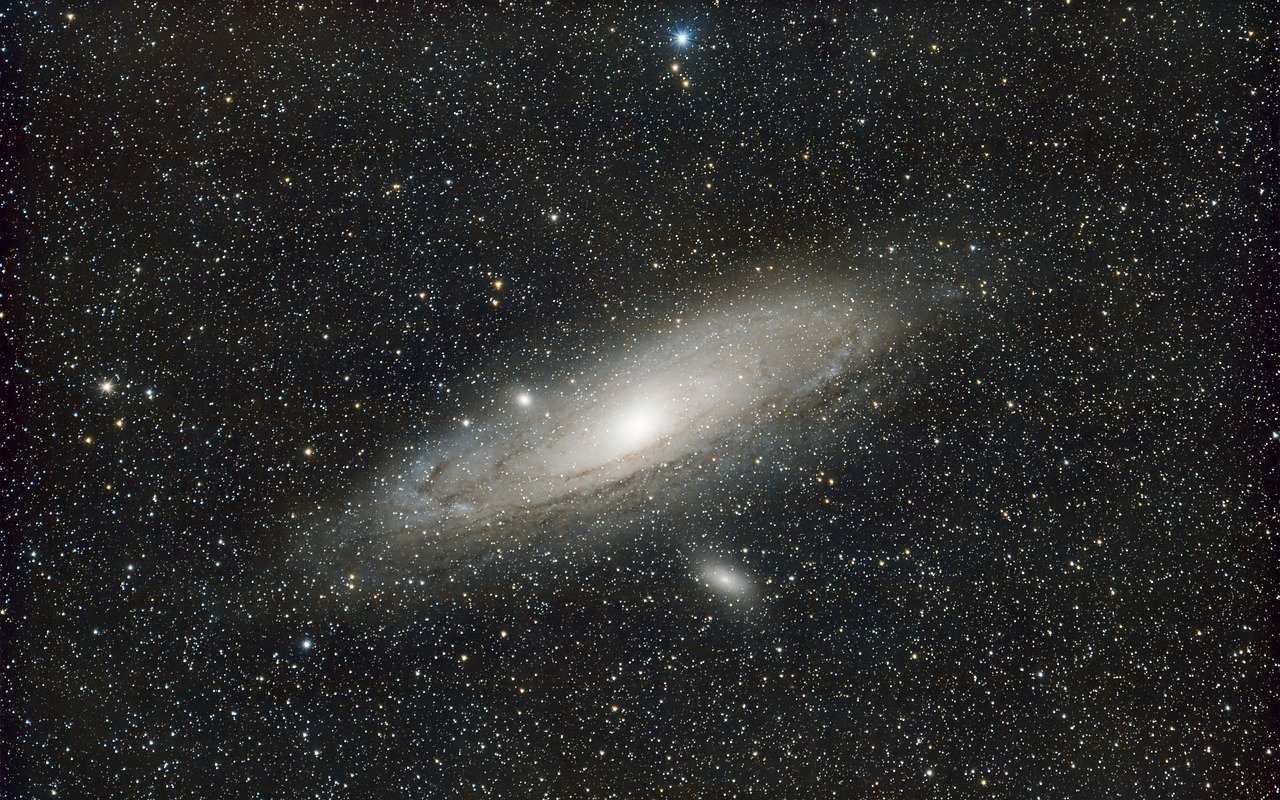
In the 1980s, Big Bang theory was modified to include inflation. A new idea was formed that the universe grew rapidly before quantum fluctuations linked to the Heisenberg uncertainty principle had a chance to fade away. As a result, energy is concentrated in some areas rather than others – seeds around which material can gather to form the clusters of galaxies we are able to observe now. In fact, everything from galaxies to planets is all formed from quantum fluctuations in space-time itself!
Every star, planet, and living being owes its existence to quantum fluctuations that occurred in the first fraction of a second after the Big Bang. These tiny quantum hiccups got stretched out across the cosmos, creating the cosmic web of matter we see today. You are literally made from quantum uncertainty.
Scientists May Have Found Quantum Effects Lasting Negative Time
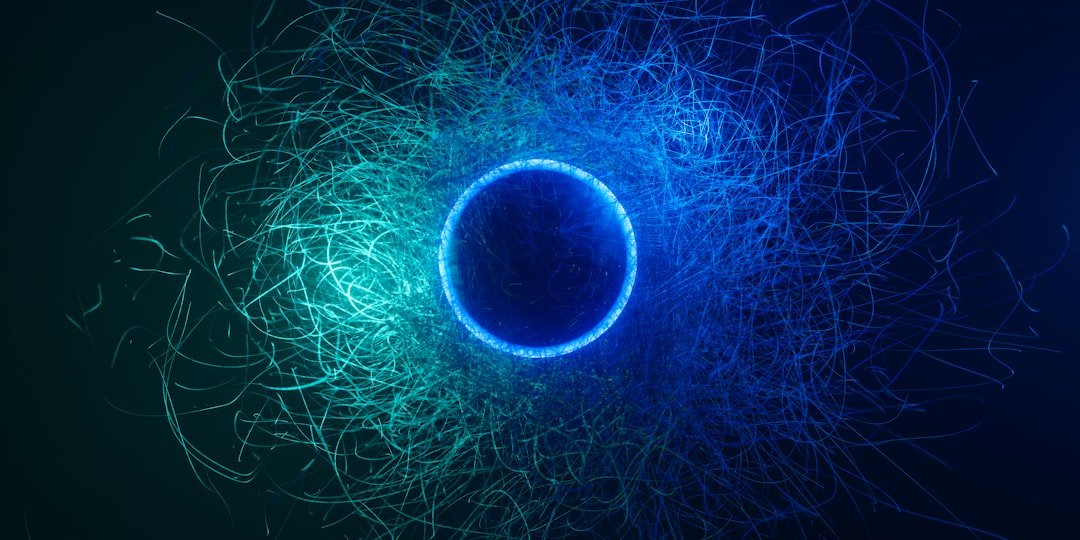
Physicists at the University of Toronto shot photons toward a cloud of rubidium atoms. Each photon might excite an atom in the cloud, or go straight through without interacting, or both. These quantum possibilities interfered like two waves. Then the researchers could determine that some photons went through the atom cloud faster when they got absorbed and reemitted than when they didn’t, implying a “negative dwell time,” as if these photons excited the atoms for a negative amount of time.
This doesn’t mean time travel is possible, but it shows how quantum mechanics can produce results that seem to defy our understanding of cause and effect. “We are measuring a duration, not something finishing before it starts,” one of the researchers involved tried to explain. It’s another reminder that quantum physics operates by rules that make no sense in our everyday world.
Conclusion
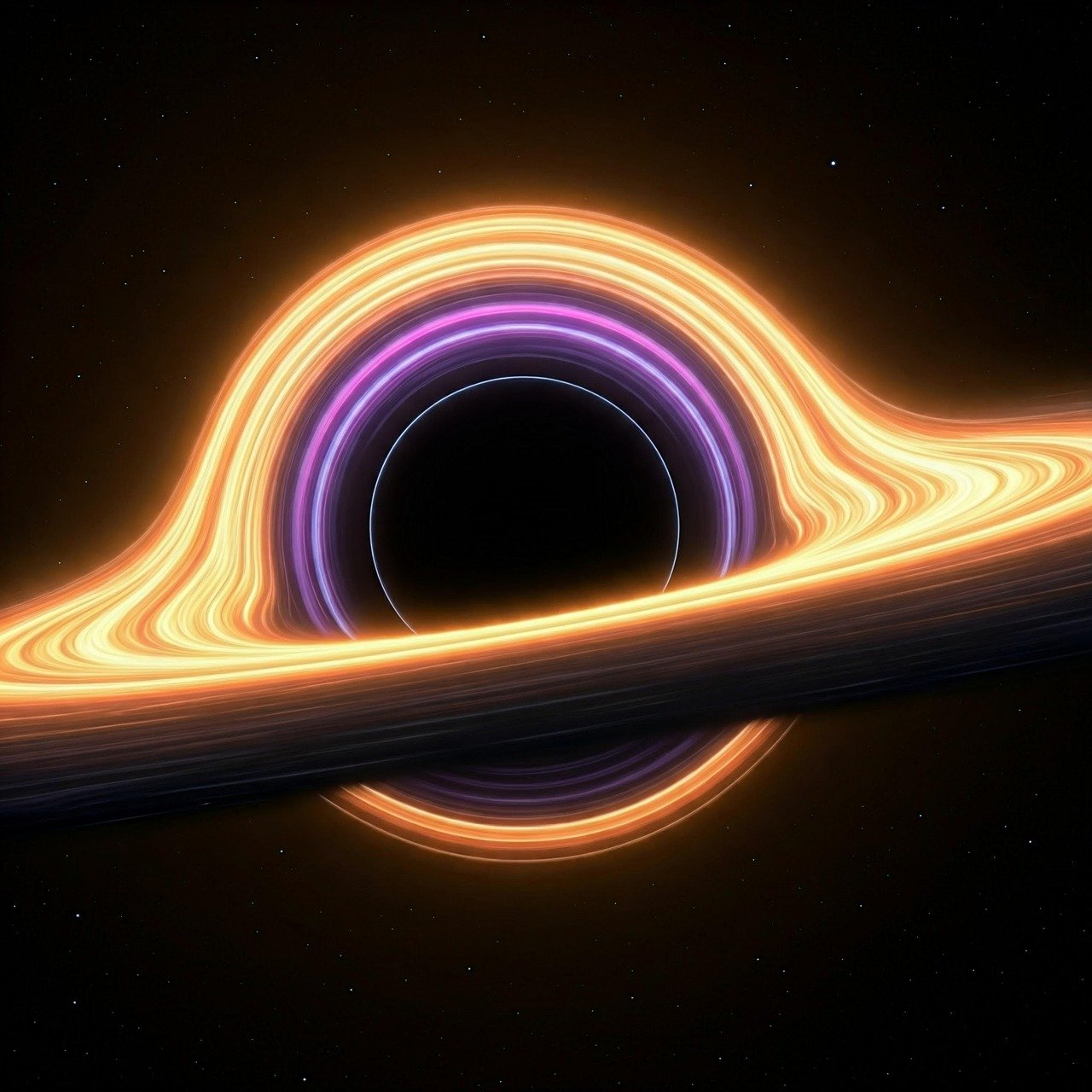
Quantum physics continues to challenge everything we thought we knew about reality. From particles that tunnel through walls to electrons that act impossibly heavy, from cats that are simultaneously alive and dead to galaxies born from quantum uncertainty – the quantum world is a place where impossibility becomes routine.
These discoveries aren’t just academic curiosities. They’re driving the development of quantum computers, unbreakable encryption, and technologies we haven’t even imagined yet. As we peer deeper into the quantum realm, we keep finding new ways that reality is stranger than fiction.
The most mind-blowing part? We’ve barely scratched the surface. Every answer quantum physics provides seems to raise ten more questions. What other impossible truths are waiting to be discovered in the quantum world?




